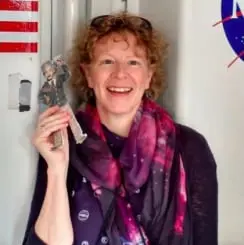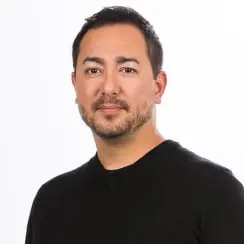 | 1.5 LU |
 | 1.5 LU |
Call to Action: Participants will identify at least two specific steps they can personally take to more effectively connect with educators in their areas. Participants will deeply consider the teacher as direct link to student success. Participants will bring back to their Chapters, workplaces, etc experience learned from our chapter in establishing the Educator-At-Large position, with the aim of greater educator involvement across our organization.
Abstract: With an already strong SchoolsNEXT program and knowing that teachers are a direct link to student success, A4LE’s Oregon/ SW Washington chapter wanted to do more to connect with educators! In recognition of the importance of collaboration and in a direct effort to more effectively and meaningfully connect with teachers in our area, our chapter has taken the bold move to create an Educator-At-Large position on the Board. In doing so the Board is engaging in a purposeful self-examination of their practices, activities, and outreach through an expressly educator-focused lens. After hearing from Chapter President, Robert Allen, and Educator-At-Large, Dr. Jennifer Mayo about this innovative position, participants will engage in a facilitated, interactive discussion identifying priorities for meaningful educator engagement and outreach.
Learning Objectives:

Dr. Mayo is a career teacher, an Accredited Learning Environment Planner, and President of Oregon Science Teachers Association. An award winning educator, Jennifer has served on numerous advisory panels and has extensive experience in K-12 education including classroom teaching, educational leadership, neuroeducation, and best practices engaging adult and student learners. Currently an Instructional Specialist with Portland Public Schools, Jennifer’s favorite positions include: middle school science and math teacher,NASA Education Specialist, and curriculum writer.

Robert’s has a passion for sustainable architecture and is dedicated to the learner. Robert has helped steer the development of educational architecture in Oregon and Washington. His volunteer efforts touched the lives of thousands of students, setting them on a path of life-long learning and environmental stewardship. While mentoring students, he has discovered the need to change the educational program to encompass the building as a teaching tool and is currently developing an educational framework.
Educational Visioning
Exhibits an understanding of best and next practices related to educational leadership, programming, teaching, learning, planning and facility design. Establishes credibility with educators, community members and design professionals while conceiving and leading a community-based visioning process. Demonstrates the ability to articulate the impact of learning environments on teaching and learning and uses that ability to facilitate a dialogue that uncovers the unique needs and long-range goals of an educational institution and its stakeholders – translating that into an actionable written/graphic program of requirements for the design practitioner.